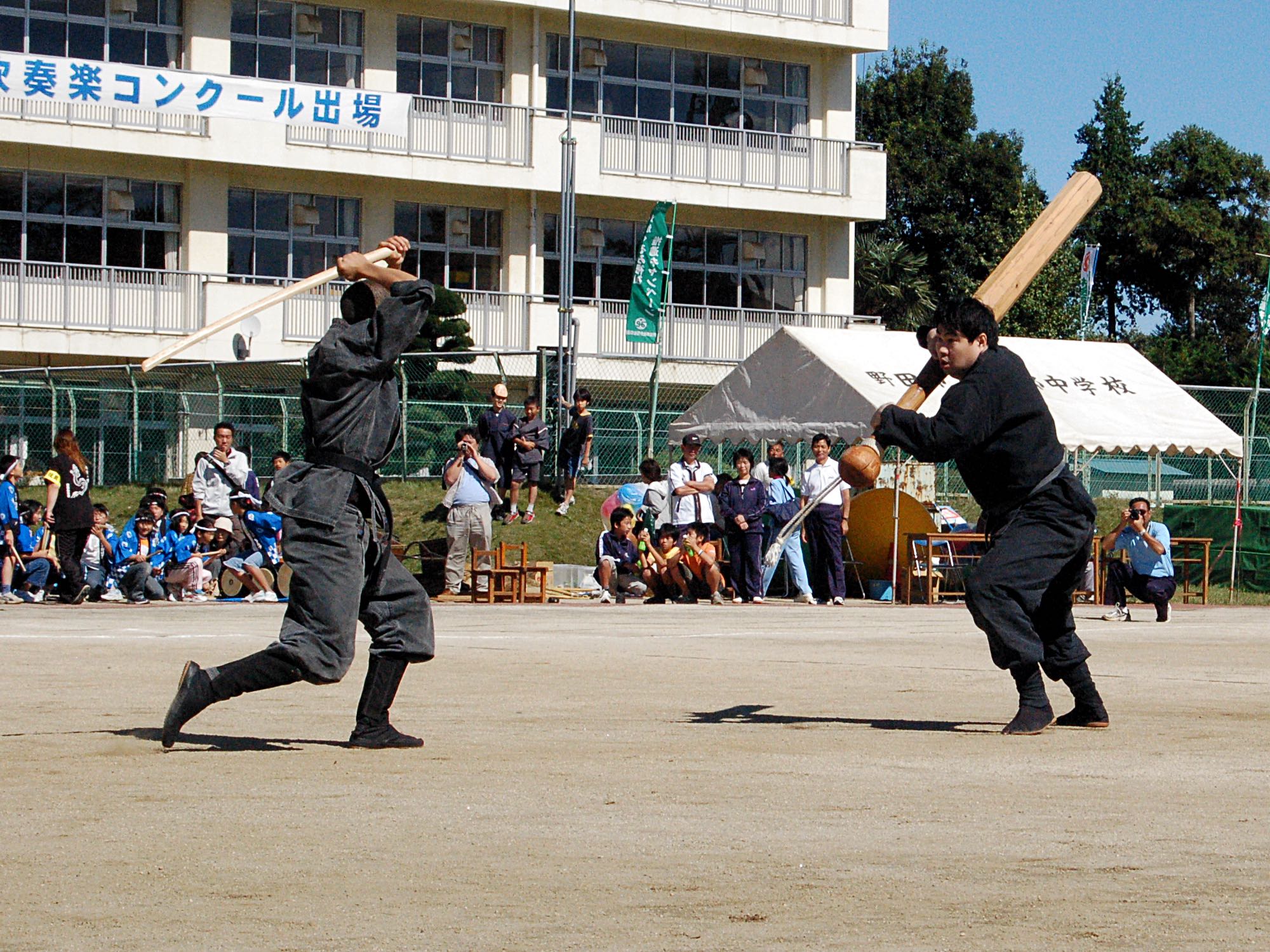Tag: duncan stewart
-
Grading Concepts
Ännu en text som är snodd från Facebook. Länk till texten: Grading Concepts Here are some of my views about ranking within the Bujinkan on a cold,windy and rainy winters day. Soke is beyond the trivial concept of ranks. He has spoken about ranking in regards to sports and budo many times over the…
-
Träna budo
Måhända att rubriken inte riktigt överensstämmer med inlägget, men denna gång hittar jag inte nån rubrik på texten. Jag har snott inlägget från Duncan Stewart på Facebook. Nu har inte alla Facebook eller kanske inte läser överallt där. Nåväl……. Här är länken till originaltexten: https://www.facebook.com/BujinkanTasmaniaTokuBuRyuSuiDojo/photos/….. The Dojo is not a mere social outlet, nor a…
-
Keiko no Kokoro
Jag hittade en text på Facebook. Den var så pass intressant att jag postar den här. Texten är skriven av Duncan Stewart från Tasmanien. Länk till texten på Fejjan: Keiko No Kokoro Vill ni veta mer om vem Duncan är, surfa nätet eller fråga mig. Här är några länkar: Duncans dojo På Facebook Duncans blog På…

